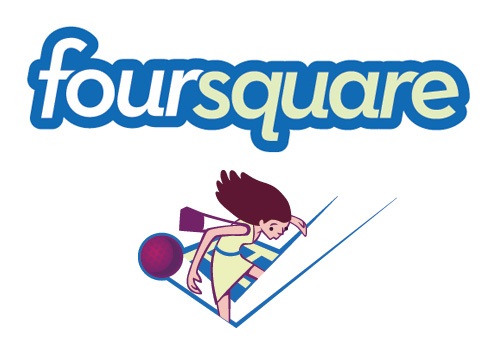Microsite vs. Primary Web Site vs. E-Commerce Site
When people refer to a "web site" they often mean different things. I thought it might be helpful to clarify some terms.
Microsite: This term is usually used to describe web sites made up of a small group of pages created for a specific purpose. They are often built to support ad campaigns, launch new products or have some other specific, limited purpose. There are some advantages to creating a microsite instead of adding new pages to an existing web site. One advantage is the reduced cost of search engine marketing. Because a microsite can carry content solely related to its purpose, ads are given better quality scores and clicks can be purchased at lower cost. Another advantage is flexibility in user requirements. Because of the limited purpose of these sites, they are great places to utilize animation, video and interactivity such as gaming. Your users will not be returning to this site on a regular basis like they would a primary web site or e-commerce site so more interactivity and richer content can really work well here to support your brand.
Primary web site: This term usually refers to a company's main web site. It is a place to store corporate information such as management team bios, career opportunities and maps to offices. If the company is public, this would be the place to show stock price, press releases and SEC filings. Sometimes a primary web site can house product or service information. This is especially true with B2B companies or companies that don't wish to draw a distinction between the company brand and individual product/service brands.
E-Commerce web site: This term refers to a web site whose sole purpose is to sell products or services. There are well-known best practices to optimize these sites to increase conversions and following these best-practices can substantially increase sales.
Those are just three of the most commonly used terms. Other terms such as blog, wiki and even Facebook page can be interchanged with the term web site, but the ones mentioned above seem to be the most common.



 312.876.2017
312.876.2017 888.423.8958
888.423.8958
